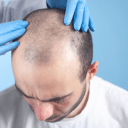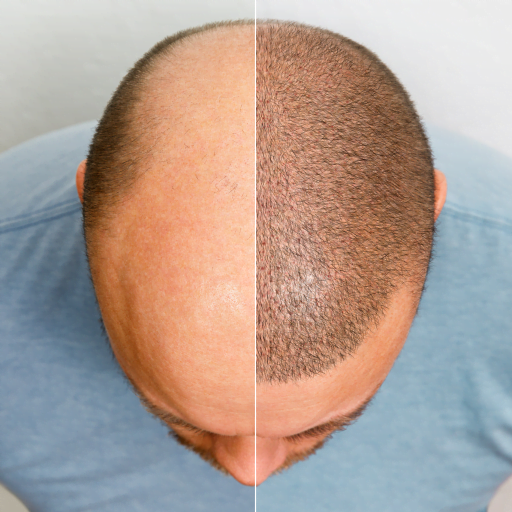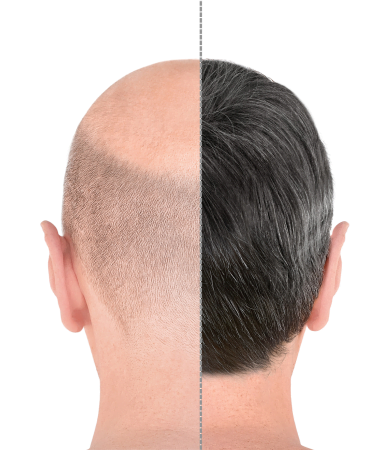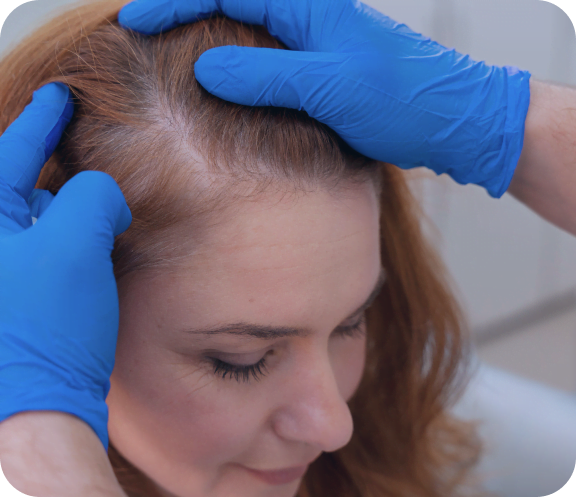How Does a Hair Transplant Surgeon Perform SMP?
Think of scalp micropigmentation as a scalp tattoo. This hair treatment innovation duplicates the appearance of full, thick hair.
When performing SMP, our hair transplant physician will apply a natural pigment to the scalp’s epidermal layer using ultra-fine needles that create thousands of microdot tattoos creating an appearance of natural hair follicles. The stippling pattern stimulates hair follicles that resemble hair shaved close to the scalp.
The SMP procedure involves significant attention to detail. The purpose of this technique is to cover the surface area of hair loss at the scalp to achieve a new hairline. You typically need approximately two to three sessions, about four to five hours per session, for scalp micropigmentation to attain the results you desire. During your consultation with our hair restoration specialist at The Hair Transplant Center – Virginia, you’ll want to describe the color you desire that closely matches your natural hair color and skin tone.



